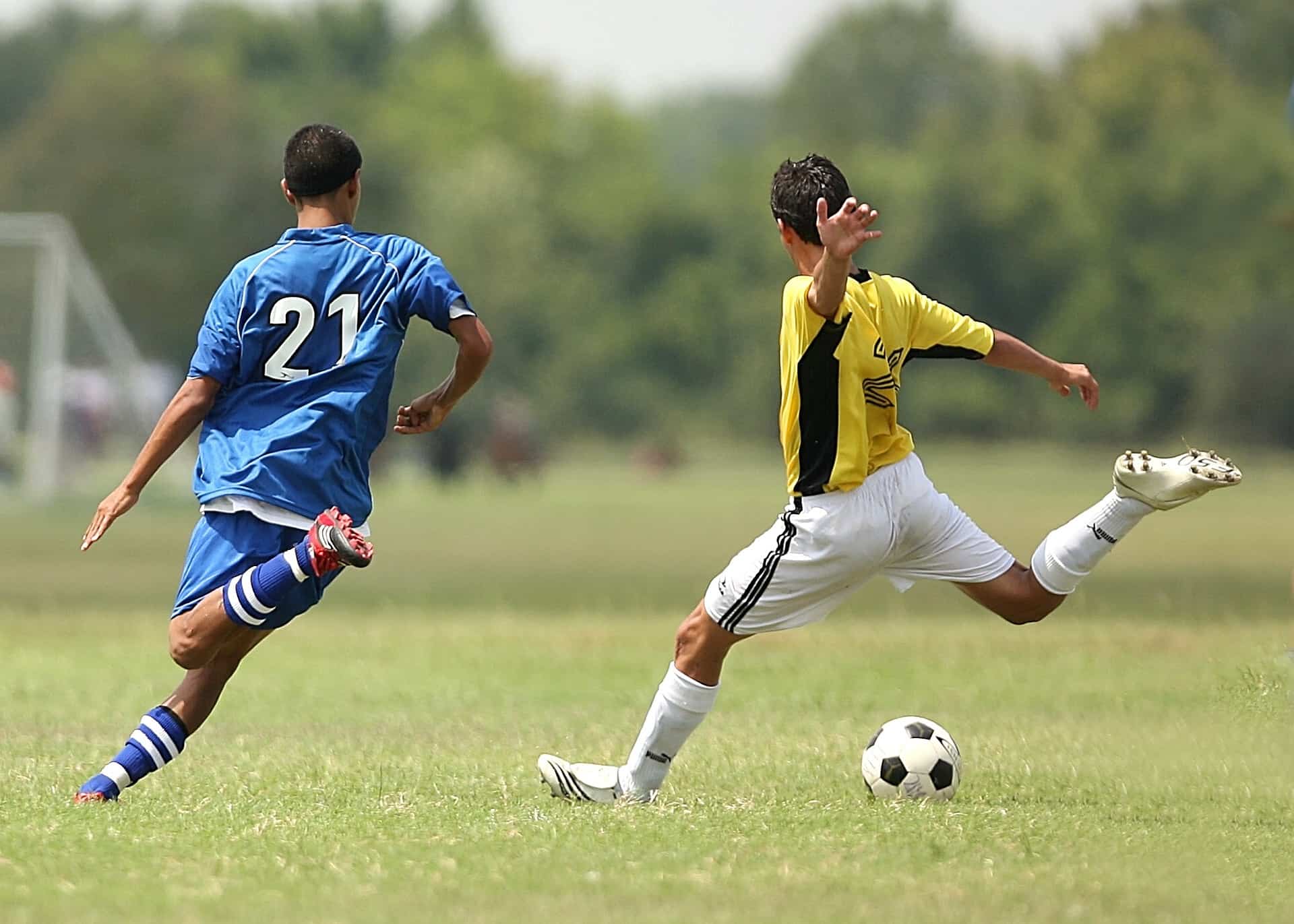Groin Hernia - Inguinal Hernia
Many people see their doctor with the complaint of pain in the groin. Most patients have a bulge in addition to pain, and the diagnosis of a groin hernia, also known as an inguinal hernia, is easy to make. The bulge often comes when standing or sitting and goes away, especially when lying down in bed. Many people feel an ache, rather than pain. Severe pain together with a new groin bulge can be a sign of an incarcerated hernia which can be surgical emergency.
Inguinal hernia is the most common hernia found in the world. In the USA, over 800,000 people have inguinal hernia surgery every year. While many people can go for years without needed surgery, because their hernia does not cause discomfort, surgery is the only way to repair a groin hernia. There are many options available for surgery, and we try to walk you through it as best we can.


Groin Pain - Groin Strain
Some patients have groin pain but no bulge. A hernia diagnosis in this situation is much less likely. A groin strain, or athletic pubalgia is more likely. In fact, almost one in four patients referred for a hernia has a groin strain instead. In order to figure out if the pain is coming from a hernia or groin strain, it is important to see a hernia specialist.
Many patients will sustain an injury to their lower abdomen or upper thigh as a result of a new exercise routine, or recent heavy lifting. In winter, shoveling is a common way to injure the core. During the rest of the year, moving boxes or starting a new gym routine may cause problems. Patients with a groin strain will often have pain at night, rolling over in bed, or getting in and out of a car. Pain during twisting sports such as hockey, soccer, football or tennis may be common as well. These are symptoms patients with a symptomatic groin hernia rarely experience. Most injuries are due to an imbalance in the core musculature and require some form of physical therapy to correct. Some people are able to work on their core at home, while others utilize a personal trainer or physical therapist.

